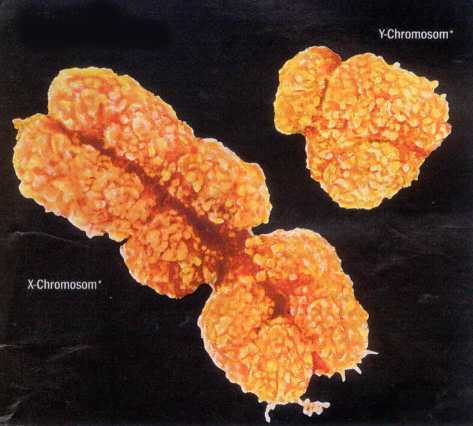National Geographic is talking about studies on twins and how they can help scientists discover exactly how much of an influence heredity has on our lives. One very interesting story featured in the article was about two twins who were separated at birth. Coincidentally, both families who adopted each twin named their kids Jim. The two twins were reunited when they were 39, and they realized that, even when they were separate, they had led similar lifestyles. Both Jims had married and divorced women called Linda, and then remarried to women called Betty. They had named their sons James Allan and James Alan, and they had both taken their families on vacation to the same beach in Florida. Both men had had dogs named Toy, and each had been part-time sheriffs, dabbled in carpentry, smoked the same kinds of cigarettes, and drank the same kinds of beer.
I thought that this section in the article was very interesting, because it helps show exactly what a strong pull genetics has in our lives. When I read it, I was shocked that the two Jims even married wives with the same names. How does liking different names have anything to do with genetics? But how can it be a coincidence that so many of the names in the two Jims' lives were the same? This article was also very thought provoking, because it also said that even though they had been raised in different families, both had similar IQ scores. Later in the article, it stated that 75% of IQ differences was because of genes, and not the environment around the people. I don't really like that idea, because they are trying to say that how smart you are depends on what you inherited from your parents. I think that your surroundings and how hard you work also has an influence on your IQ, and I just don't really think it's fair that you inherit your smarts.
Resource: National Geographic Magazine for January 2012, page 54












